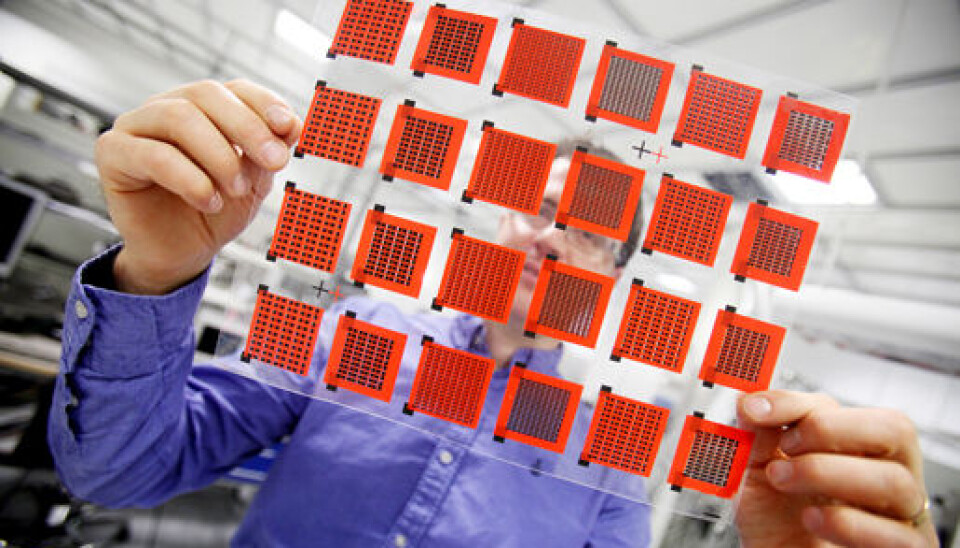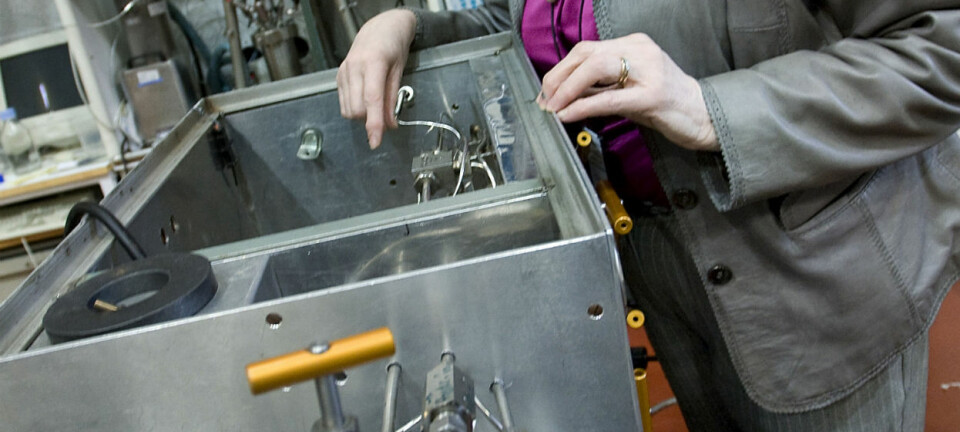
Plastic can convert heat into electricity
Large amounts of energy go to waste due to insufficient heat recovery in power stations. Now scientists have identified special plastic materials that can convert heat into electricity.
Plastic does not normally conduct electricity. This is why regular electrical wires are covered with plastic, so that we don’t get a shock when we touch them.
However, it turns out that special forms of plastic polymers can actually conduct electricity in the same way that metals can.
Some polymers share certain properties with metals, but they behave differently. Such materials are known as semi-metals.
Scientists from Sweden, Norway, Denmark, Belgium and Australia have now taken a closer look at these semi-metallic polymers.
There is typically a heat loss of 50 percent from traditional energy sources. Much of this heat actually has a relatively low temperature, so here the inexpensive thermoelectric materials can be useful.
Semi-metallic polymers can be thermoelectric, which means that their electrical conductivity varies with temperature. This effect can be harnessed: if one side of the material is warm and the other is cold, a potential difference arises. The result is that the thermoelectric polymers can convert heat into electricity.
Waste heat turns into electricity
These special materials can be used to recover heat that would otherwise go to waste. This could for instance be in power stations, where the electricity is produced by burning coal, oil, gas and waste, or by using nuclear power.
Much of this heat disappears into the atmosphere, and thus the energy goes to waste.
The thermoelectric polymers can recover much of this heat and convert it into electricity. For this to work, however, the heat must not be too intense, as that would result in the polymers losing their thermoelectric properties, i.e. the plastic would melt.
“There is typically a heat loss of 50 percent from traditional energy sources. Much of this heat actually has a relatively low temperature, so here the inexpensive thermoelectric materials can be useful,” says Jens Wenzel Andreasen, a senior researcher at the Department of Energy Conversion and Storage at the Technical University of Denmark (DTU), who co-authored the new study.
”The same applies to e.g. solar energy, where there is typically a great heat loss below 100°C.”
Plastic is cheap to manufacture
Thermoelectric materials have been around for a long time, but they have not been used much, as the high price stands in the way of any widespread use.
”Thermoelectric materials are usually quite expensive. They are made from rare substances, which can be toxic. However, polymers are much cheaper to manufacture, and the production does not involve rare substances,” says Andreasen.
”Polymers are also easier to work with. They can be dissolved in solvents and can for instance be poured into an inkjet printer or a printing machine. Then it is quick and easy to print a thin layer of polymer.”
The search goes on
The researchers have tried to find the most suitable thermoelectric materials among semi-metallic polymers of Poly(3,4-ethylenedioxythiophene), also known as PEDOT.
Although none of these are as efficient as the well-known thermoelectric material bismuth antimony telluride, the plastic materials may well prove useful, since they are much cheaper to manufacture.
“We now have a better background understanding of the properties of the semi-metallic polymers. We hope this will lead to even better, and not least cheaper, thermoelectric materials.”
-----------------------
Read the Danish version of this article at videnskab.dk







